It felt like Christmas when I discovered Dr. J. Morgenroth’s science paper in Urban Forestry & Urban Greening 14 (2015) 1054-1058. The published scientific study was titled “Conflicts between landscape trees and lawn maintenance equipment-The first look at an urban epidemic”. Great! But it came with a hefty $35US price tag so I emailed the author and begged him for a copy. He kindly sent me a free pdf file the next day.
Here are two key points which explain my excitement. One, this paper was the first formal survey of the incidence of mechanical wounding on urban trees. Two, this paper gives landscape managers ammunition for training new landscape workers.
Mechanical wounding refers to damage to the roots or stems of trees caused by lawnmowers or line trimmers. We don’t really know how many trees are affected. Dr. Morgenroth’s team examined 1018 trees in Christchurch, New Zealand and found that 62.9% of the trees were affected by lawn maintenance activities. You can read about the study set-up and results at your leisure. As landscape managers we are most interested in sections 4.2 Implications of wounding and 4.3 Recommendation to reduce mechanical wounding. Let’s review.
Implications of wounding
A) Wounds act as vectors for fungal ingress or pathogens which cause staining and decay. We know from Alex Shigo’s work that, over time, trees can compartmentalize wounds to isolate injured tissue and prevent the spread of pathogens. But the trade-off is that energy reserves are used up for this compartmentalization and they are not available for normal growth.
B) Wounding also affects the xylem. When water transport is temporarily disrupted it further compromises function and growth.
C) Wounding can induce stress and reduce growth in individual trees.
D) Wounding can lead to death which can in turn lead to huge removal, replacement and associated contract costs. It could be a huge number of dollars.
E) Lost eco-system services. Healthy, large trees provide more social, environmental and economic benefits than small, unhealthy trees.
F) Frequency and repetition of wounding may be responsible for tree decline and associated losses of ecosystem benefits. Trees are resilient. A single wound may not have enough serious effects on tree growth and condition. Morgenroth et al found that 40.6% of all wounded trees had new wounds over old wounds.
Recommendation to reduce mechanical wounding
A) Keep grass away from the stem. Three approaches were used: mulching, grass cutouts and herbicide sprays. Both mulch and grass cutouts made significant reductions in wounding. Mulch is a physical barrier between tree stems and lawn maintenance equipment; it also improves soil and retains moisture. All three approaches did not eliminate wounding so they are not a complete solution.
B) Hold lawn maintenance staff accountable. I tried this when I acted as crew leader on a three-man horticulture crew at a municipality. One of the workers started line trimming around a small dogwood tree before I got ready and, horrified, I could see the bark peeling from the stem as he aggressively line trimmed around the tree. The managers didn’t call him back the following season.
C) Train, certify and use targeted education. This is where this science paper comes handy. We have a clear list of implications to cover with our landscape crews.
British Columbia, Canada examples from the field
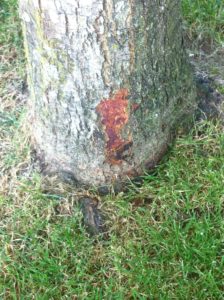
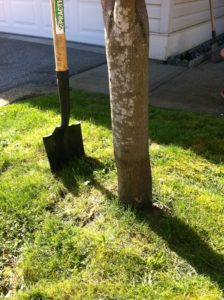
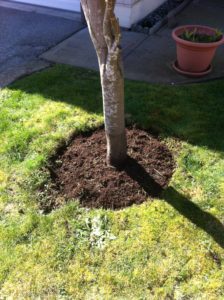
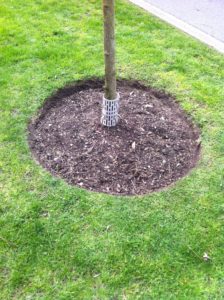
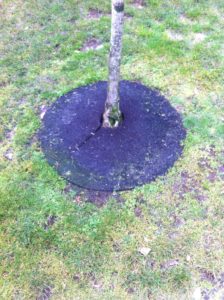
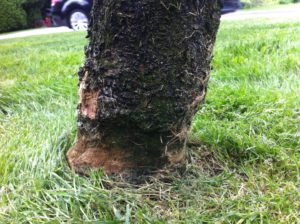
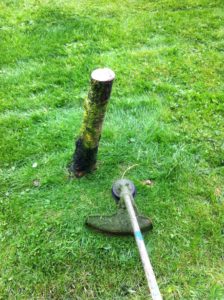
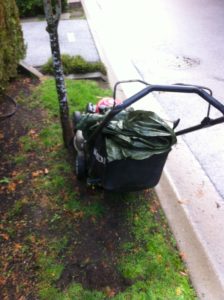
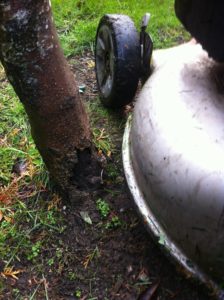
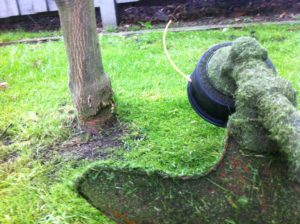
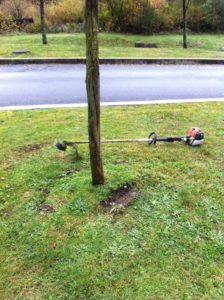
Conclusion
Let’s stop the epidemic. Use the points above to educate your landscape workers about collisions with landscape trees and hold them accountable! Never stop training new workers.


I would like to have enough the right equipment to keep my home looking nice. I think it would be nice to have my grass looking nice. I think it would be nice to have equipment that I can keep for a long while.
Howdy! I simply want to offer you a big thumbs up for
your great info you have here on this post. I’ll be returning to your website for more soon.
I don’t even know how I ended up here, however I thought this publish used to be good.
I do not realize who you are but certainly you’re going to a well-known blogger if you are not already.
Cheers!
Sweet web site , super layout, real clean and utilize pleasant.